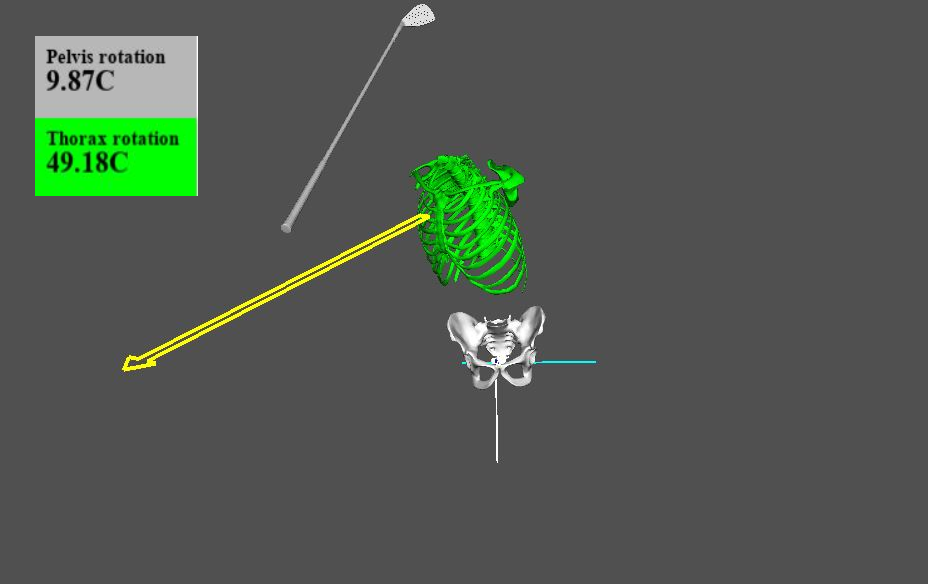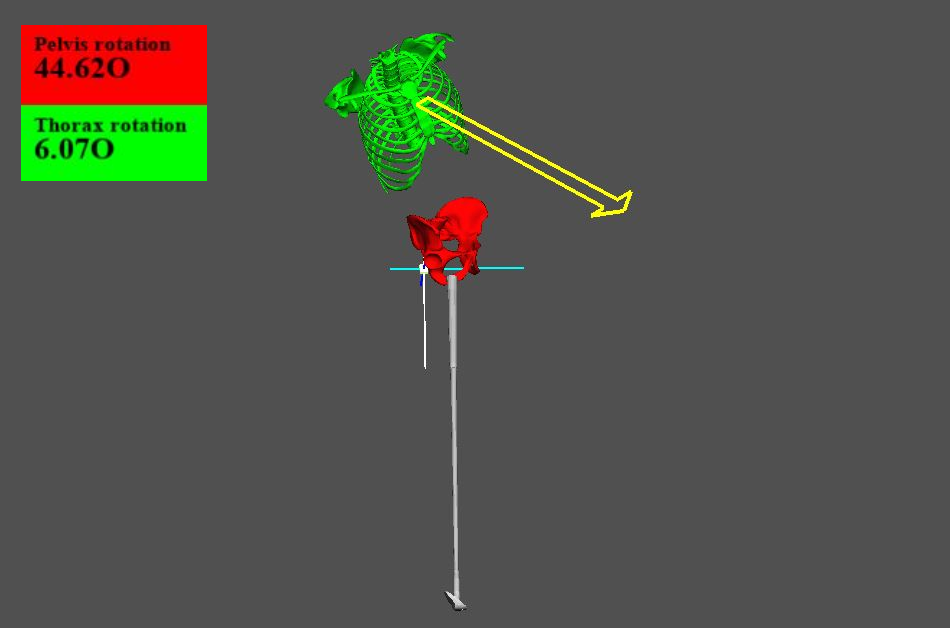Golf Swing Separation Explained
Sep 03, 2019When we talk about 'separation' in the golf swing we are referring to the pelvis rotating significantly faster than the ribcage in the early part of the downswing. This will lead to huge clubhead speed as the chest turns through the ball later in the downswing.
If you fail to create this separation and are too eager to turn the chest from the top of the downswing then it can be a real 'spoiler'.
As hard as we might work to create all the right moves, there are some aspects of the golf swing that can spoil all the other good stuff. Effective downswing separation is definitely one of those fundamental moves.
Why So is a Lack of Golf Swing Separation so Destructive?
Before we focus on all the positives of getting the upper half rotating in the right part of the sequence, let me just elaborate on why an early chest rotation is so destructive, and it's not just about clubhead speed.
- Turning the chest hard from the start of transition will suck you of power for reasons explained below
- Turning the upper half hard from the start down is the most likely cause of the 'over the top' move in high handicappers.
- The aggressive move with the chest in transition leads to a lot of torque placed on the shaft at an early point in the downswing. For low hcp and expert players, this can lead to too much load on shaft early on that is then lost midway down. It will also lead a good player to steepen the shaft; hitting fat shots and pulls.
Clubhead Speed
My Side-on Mechanics course is deeply focused on the merits of rotating your body through the ball but as I hope you can see by now, when it comes to creating clubhead speed it is not as simple as just turning everything from the start of the downswing: a lot depends on how much separation you can create in the 'transition' phase of the golf swing.
In our quest for power, it is deeply instinctive to rotate our upper body through the ball and indeed, clubhead speed is intrinsically linked to the speed of our chest rotation into impact. However, in order to be able to generate maximum force with the chest in a way that imparts speed on the club, the chest must be significantly closed midway into the downswing. From there, the chest can then rotate as hard as possible safe in the knowledge that the club is being dragged into the ball on the right line.
Midway Down
This is where the ribcage is kept as closed as possible while the pelvis has already returned back to face-on. In this case, the separation in my golf swing gets max'd out at 40 degrees.

Pre-Impact
Between this and the last image, the chest has rotated hard and fast so now it points face-on while the club shaft is left behind. This is where a lot of club golfers are in a hurry to return the club to the ball but we need to learn to trust that the club will catch up and make a solid contact.

Impact
And now the chest has opened up at impact. The interesting point here is the speed that the chest has to rotate in the short time frame of these 3 images. That is a core aspect of developing club speed. It is also only possible if we have the poise and separation in the early part of the downswing.

The Rubber Band Theory of Golf Swing Separation
One of the biggest stretch-shorten cycles in the swing occurs when the pelvis and ribcage separate in transition. That is to say that the hips rotate hard while the ribcage is left behind. This increase the stretch (often called X-Factor Stretch) then shortens at speed when the ribcage catches up later in the downswing. If the ribcage is too aggressive from the start down then we lose that stretch and all we are left with is effortful 'linear force'.

Justin Thomas: Courtesy of Michael John Field
No one rotates harder than Justin Thomas but we can see clearly above that mid-downswing, his pevlis is pointing back at the ball while his chest has separated and is significantly closed. Only a few frames later (below), it will be obviously open through impact. That is the shortening phase the allows him to generate so much force with the upper half.

Justin Thomas
To learn and develop this core golf swing concept see video (Golf Swing Separation Part 1) or take the Side on Mechanics course.
Stay Connected
Get Dr Noel's monthly newsletter and be the first to receive new blog posts and coaching videos, starting with the FREE PRACTISE GUIDE
We hate SPAM. We will never sell your information, for any reason.


